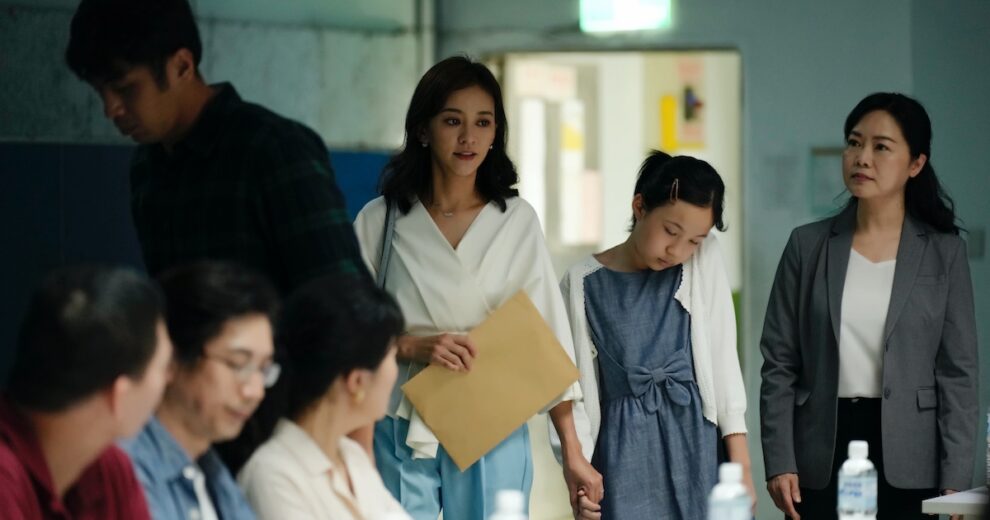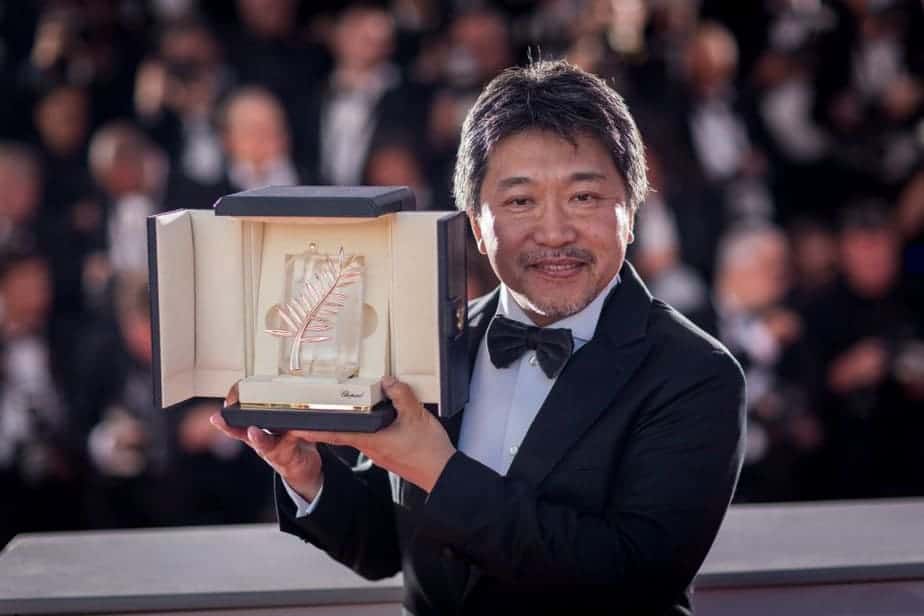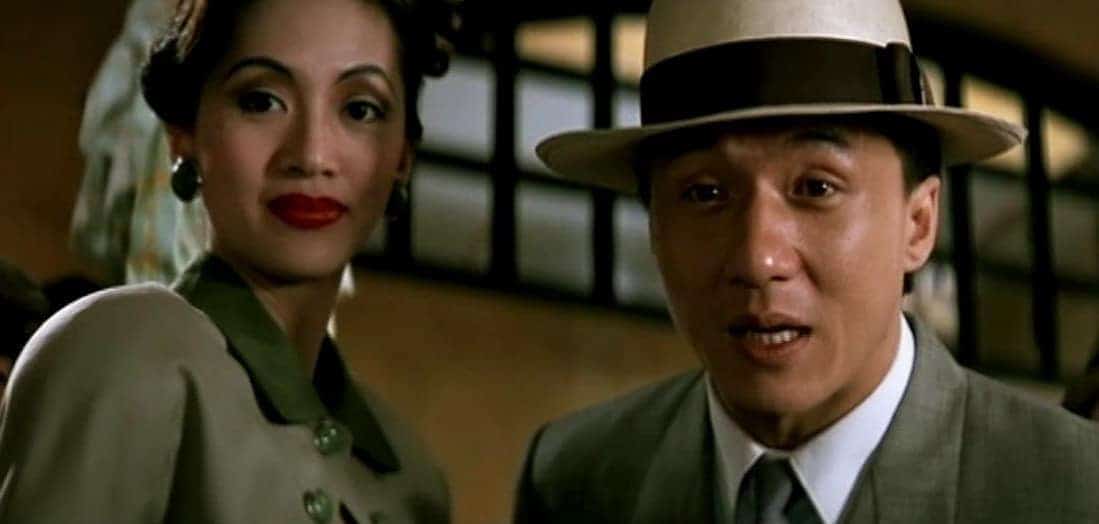With the focus on mid and short films increasing significantly this year, Osaka Asian Film Festival presented another quite intriguing edition, with the choices from both within Japan and the rest of Asia highlighting the quality of the programming once more. At the same time though, the fact that both Japanese and Korean cinema, which make up for a large part of the program, are not on their best years, does take a toll. Particularly regarding the former, the repetition of the same tropes, and more importantly, the almost complete lack of tension most Japanese movies seem to exhibit nowadays, does border on the annoying. There were still some films that stood out, with “Snowdrop”, “Swimming in a Sand Pool” , “Inch Forward”, and “Girls and Boys” exhibiting some fresh ideas, but the aforementioned fact remains. At the same time, it is also a fact that is quite difficult to find a Japanese movie that is badly shot, which is one of the main reasons local cinema stays afloat.
From the rest of the movies (meaning the ones we have not reviewed before), Taiwanese “Trouble Girl” and Mongolian “City of Wind” were the ones that stood. Our. Without further ado, here is our full coverage of the festival (you can click to the titles for the full articles)
1. Film Review: Trouble Girl (2023) by Chin Chia-Hua
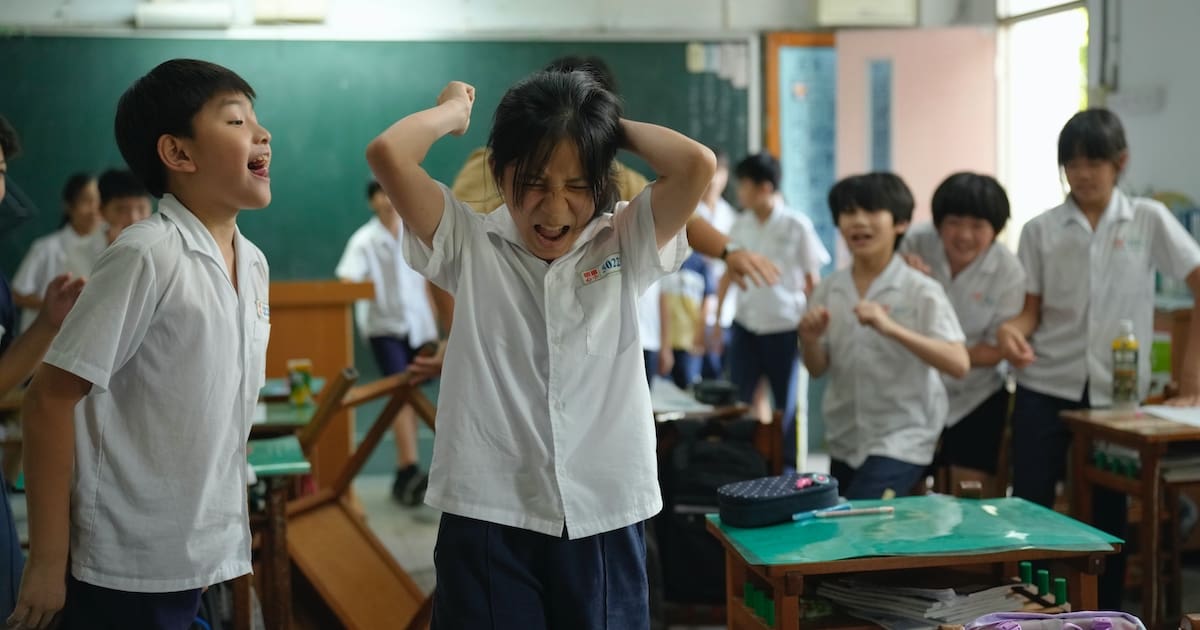
Chin Chia-Hua directs a sensitive, dramatic, but also quite realistic movie that takes a thorough look at the consequences of ADHD, equally to the person who has it, their parents, and their school environment. Regarding the last, Chin starts by showing that the teachers understand the issue and try to help, with the same applying to the students. However, as time passes, the cruelty kids and teenagers frequently show comes to the fore, as Xiaoxiao is not only ostracized but also bullied, not to mention cunningly provoked, with one of the students who was supposed to help being the main medium of these despicable but also somewhat unsurprising attitudes. Expectedly, Xiaoxiao cannot handle their behavior and reacts with violence, something that eventually has the parents of her classmates also acting against her, in one of the most impactful scenes in the movie. (Panos Kotzathanasis)
2. Interview: Chin Chia-hua
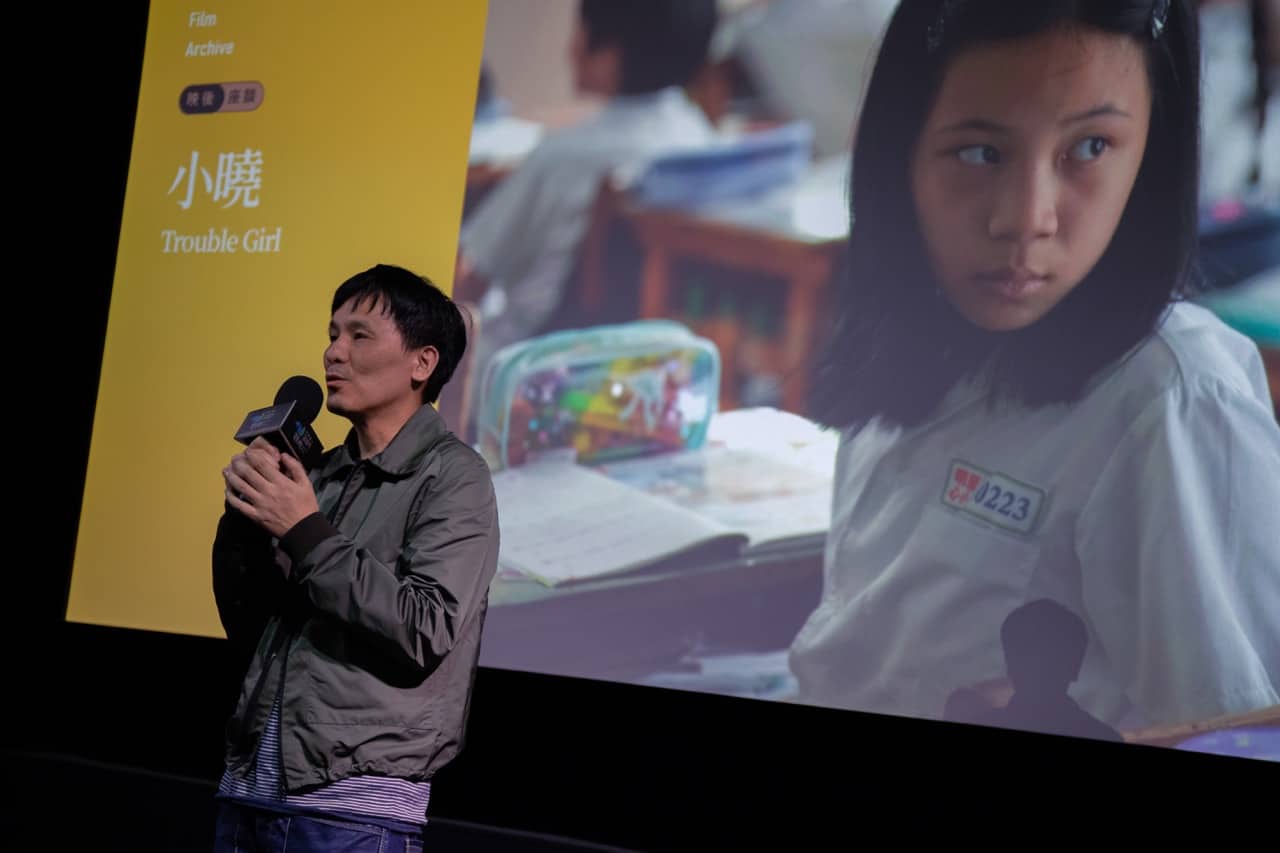
Why did you decide to shoot a film about a girl with ADHD? What kind of research did you do for the movie?
The causes of ADHD are very complex, and even now, a large portion of scientists believe that ADHD is not actually a disease. Therefore, there has always been a debate on whether to treat ADHD with medication or without medication. To me, all children could potentially be children with ADHD, and the fundamental reason for this issue lies in what our expectations are for children.
3. Interview: Audrey Lin
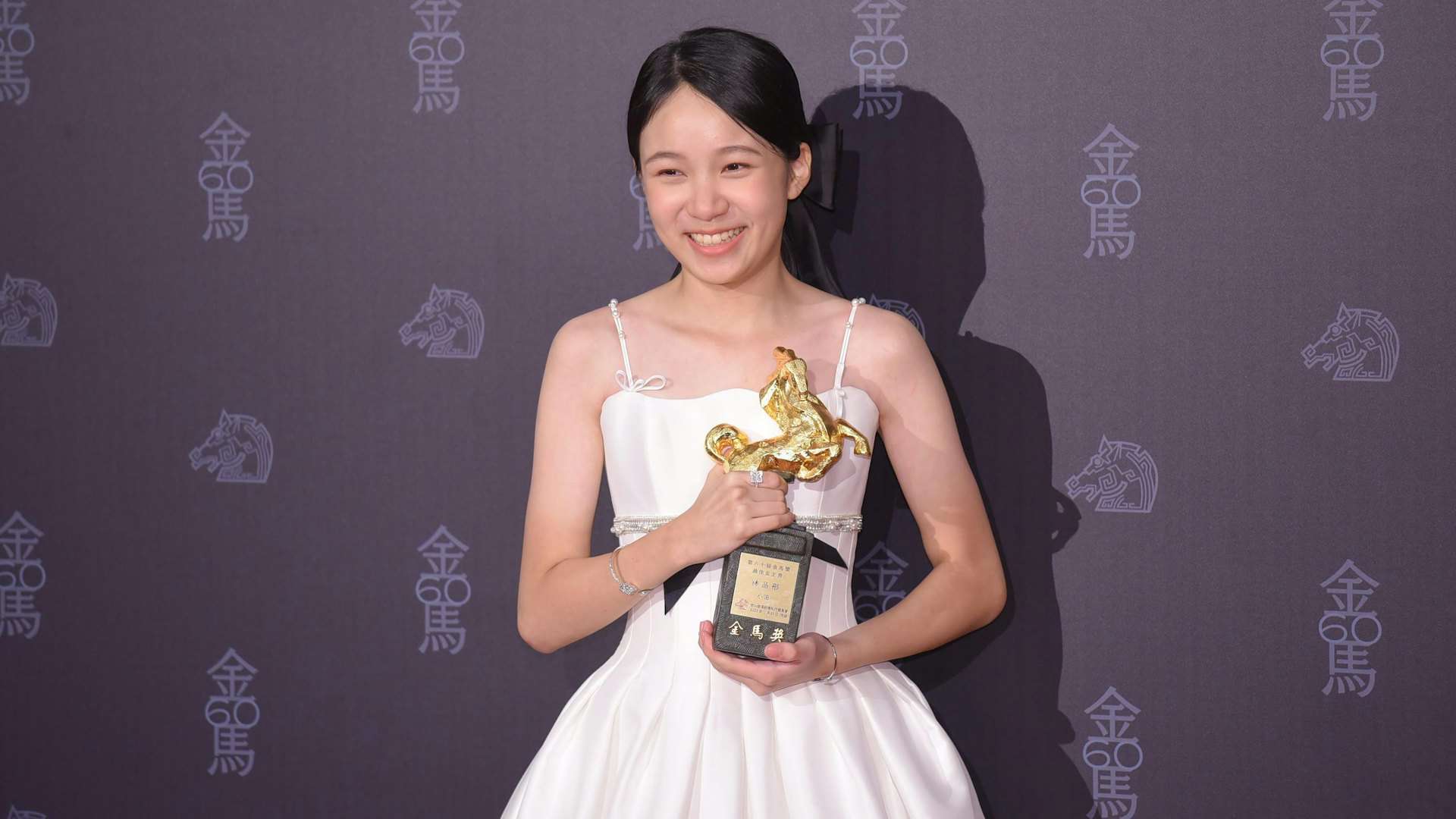
Your performance as a girl with ADHD in the movie is quite realistic. How did you manage that? How did you collaborate with the director in that regard?
To prepare for my character development, I read some books and watched some movies about children with ADHD, and the movie production team also gave me the opportunity to spend time with them. But I think that understanding the character's feelings and emotions is the most important step of character development. This is because if I understand what they're feeling at the moment, I can naturally act it out.
4. Film Review: Snow Drop (2024) by Kota Yoshida

The film is refreshing and depressing at the same time. Visuals and storyline are connected via subtle camera shots, gliding through the scenes while the dialogue-heavy storyline is recited with a lot of sincerity and honesty by the cast. Led by Aki Nishihara (“Crying Out Love, in the Center of the World”, 2004), the actors are very convincing and evoke compassion in the audience. The topic of shame, the unexpected turn that the movie takes in the last third, and the switch of moods are something that is seldom seen within the Japanese movie world. Borne by the outstanding performances, the viewer is woven more and more into the fate of the protagonists. The movement of the camera dramatizes the situations and encircles the characters as if they have no way out of their misery. Naoko and her parents turn into companions in fate. (Alexander Knoth)
5. Interview: Yoshida Kota
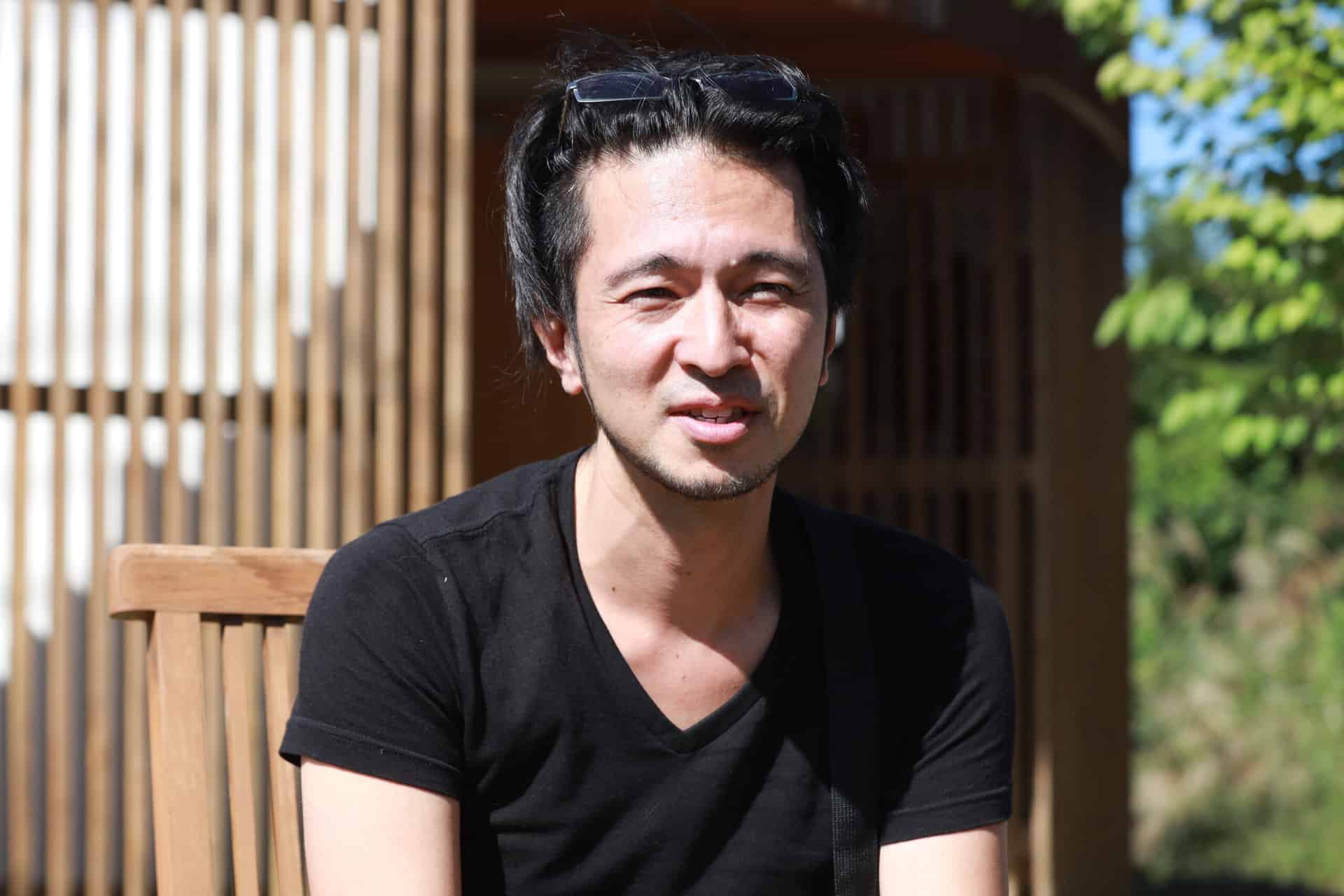
What is your opinion on the social welfare system in Japan? Does your film critizise the system or the people who are too proud to make use of it?
This is not a movie that criticizes the welfare system. I once received welfare benefits after suffering from a serious illness. At that time, I experienced that the welfare worker was truly devoted to me. Therefore, this film has no intention of criticizing the system at all. I have no intention of denying the feelings of those who choose not to receive welfare benefits. I made this film with the intention of depicting the dignity of vulnerable people through welfare.
6. Film Review: The Lyricist Wannabe (2023) by Norris Wong

The mood of this engaging dramedy follows dutifully the mood of the main character. When Sze is still at school, the tone is light and funny, like in a classic coming-of-age tale; head in the clouds, youthful arrogance and all that. An enthusiasm that she will carry with her at university, when she starts to see some possibilities to collaborate and publish. However, in the second half, in her adult life, when disappointments and setbacks become more “real”, a slight melancholy kicks in, and dreams become almost a burden. However, there is something very refreshing in this tale of unachieved dreams. In our contemporary society, successful narratives often serve as benchmarks and the phrase “where there's a will, there's a way” encapsulates the idea that determination and perseverance can overcome obstacles. But is it true? And, mostly, is it the end of the world if we fail in following our dream? (Adriana Rosati)
7. Short Film Review: Life of Cloud (2023) by Wylie Chan
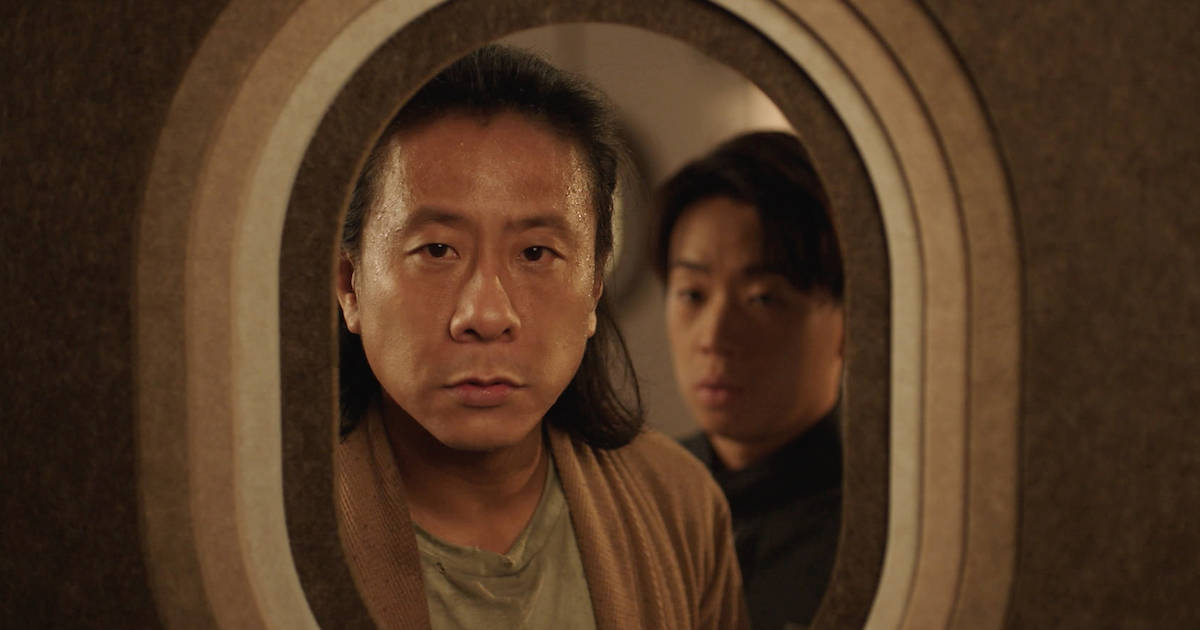
While there are some things to be said about the aforementioned visual elements of the feature, the story itself develops in a predictable manner. Even though the main character is clearly more sympathetic than Charles Dickens' Scrooge, his character traits, being self-absorbed and also -centered, result in a catharsis many will likely see coming from a mile away. The actors, especially Chu Pak-Hong, do the best with the material they receive, which brings forth some good moments, but in the end the kitsch takes over, with the last couple of images being particularly annoying. (Rouven Linnarz)
8. Film Review: Sumiko 22 (2024) by Sawako Fukuoka
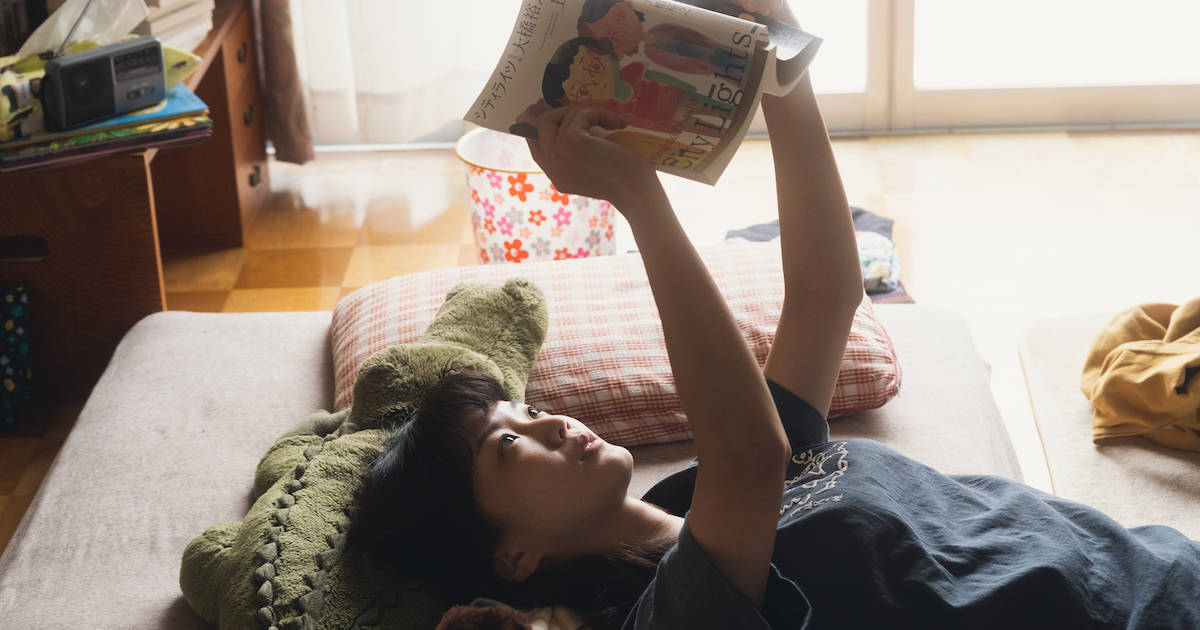
“Sumiko 22” is a very familiar type of movie, yet familiarity doesn't stop a film from being good. There's potential here with a simple slice-of-life premise of overcoming a lack of self-worth in young adulthood conveyed through light-hearted, dry humor. Yet, everything from the direction to the writing, feels very artificial. It seeks to amuse with its various comedic vignettes, yet it isn't funny. There is the drive to invoke reliability, yet Sumiko is a bland character to follow, a shallow caricature of a struggling young adult. Drama is occasionally inserted to emit an emotional response for overcoming personal struggles, yet it feels contrived. (Sean Barry)
9. Film Analysis: Amalock (2024) by Kazuhiro Nakamura
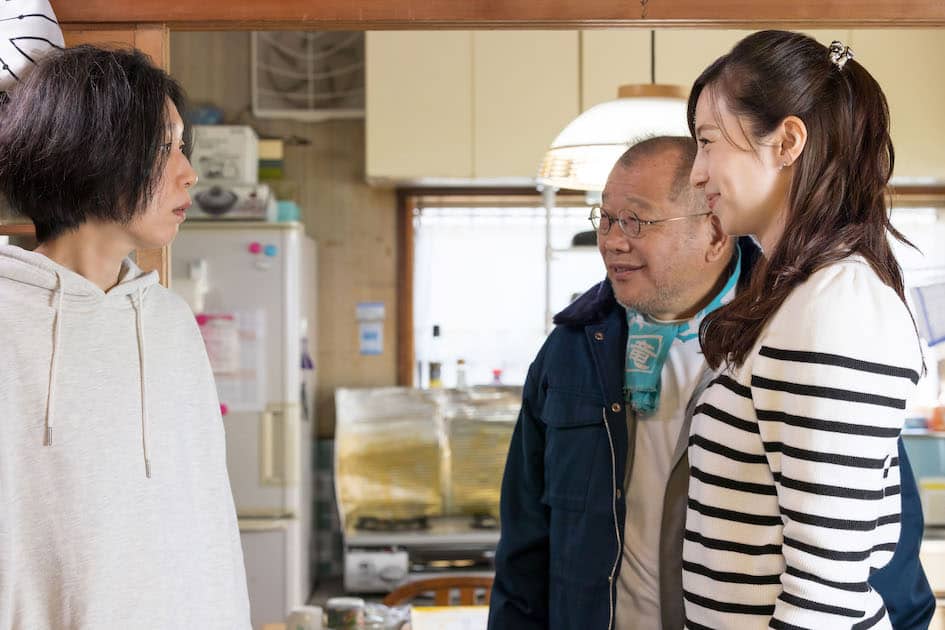
Despite the comedic base of the story, Kazuhiro Nakamura shoots a movie that manages to make a plethora of rather serious comments, focusing on a number of aspects of life, with each of the three protagonists being implemented as their medium. Yuko, for example, highlights how being a perfectionist can cause problems in the work environment, particularly when this kind of attitude comes from a woman. That she has to return to her hometown, in a decision that is considered as admittance of failure, makes another comment regarding the moving from a small town to Tokyo and the difficulties a deed like that presents. Her becoming a hikikomori due to her depression sheds light to the particular phenomenon, while how difficult relationships are these days, particular for people who are not exactly young, is also showcased through her. (Panos Kotzathanasis)
10. Short Film Review: Ririka of the Star (2022) by Tokitoshi Shiota

Actor Tokitoshi Shiota‘s directorial debut is difficult to approach without some familiarity with him as a person or, more importantly, his work with director Takashi Miike as an actor in several projects. “Ririka of the Star” even dons the production moniker of “Gozu Productions,” featuring the image of the bullheaded monstrosity that appears in the Miike film of the same name. To those in the know, this will be an indicator to take the following lightly, with the movie showing its influence early on, an important factor but one that does not redeem what comes afterward. (Adam Symchuk)


